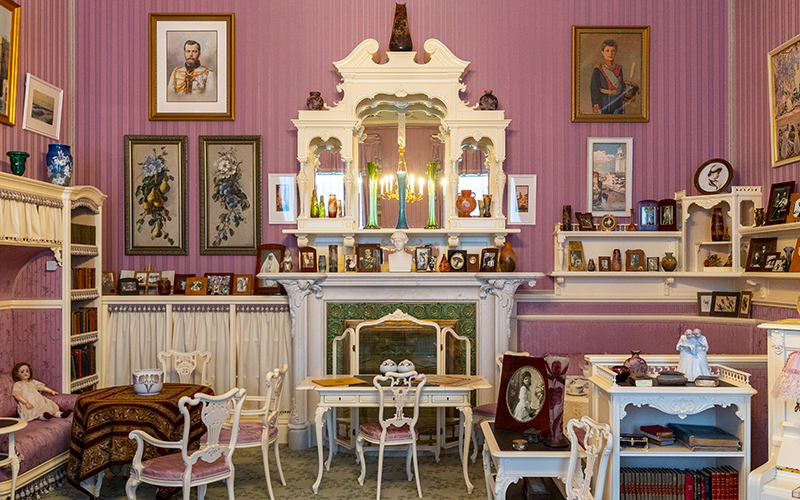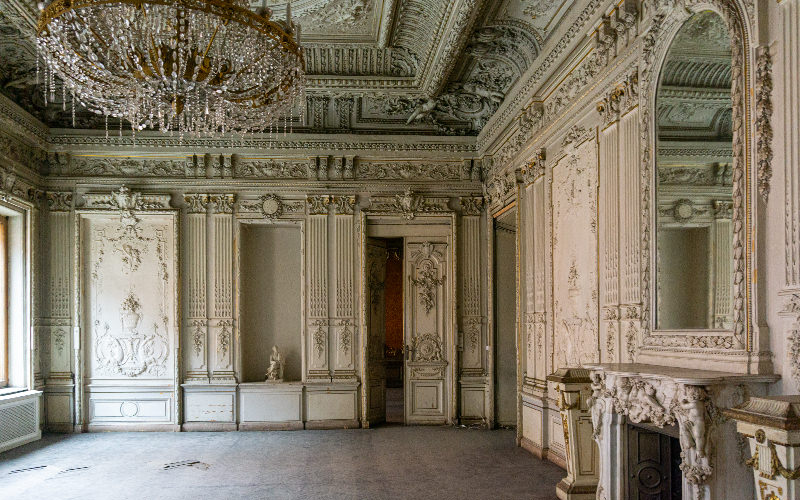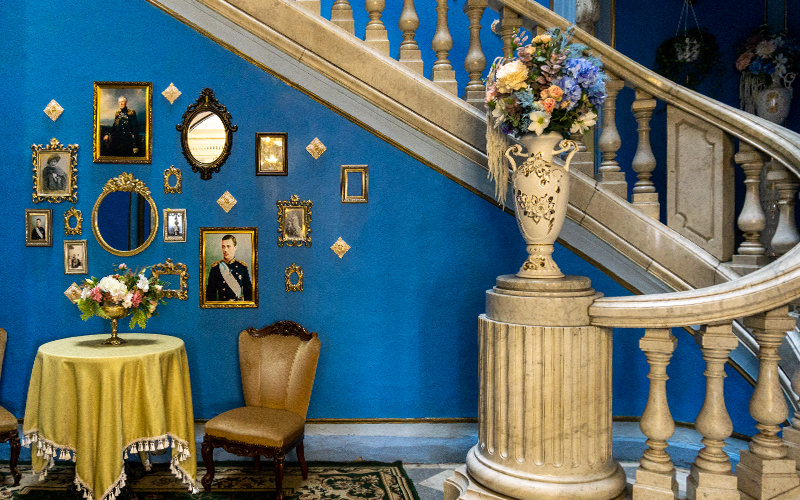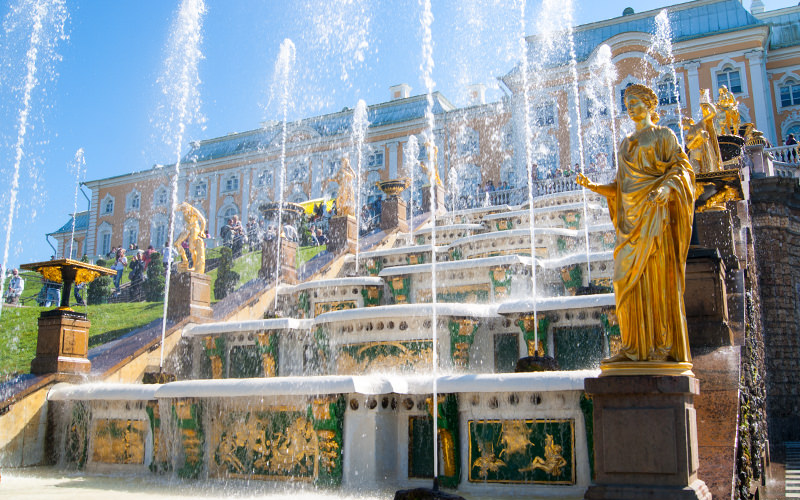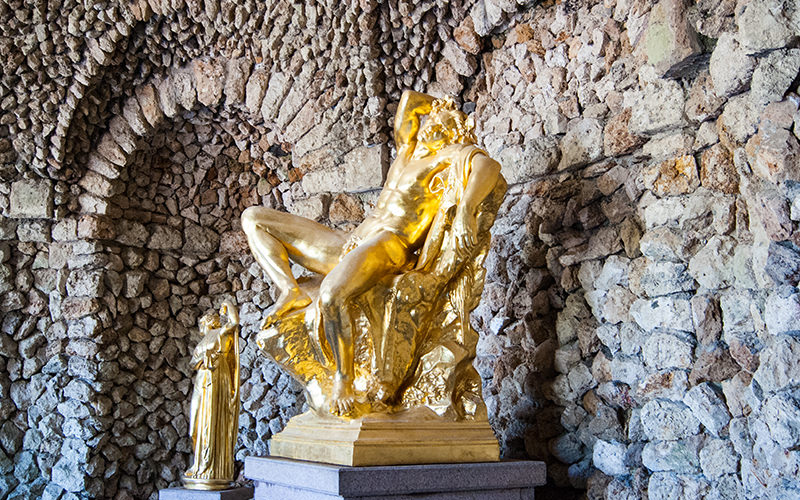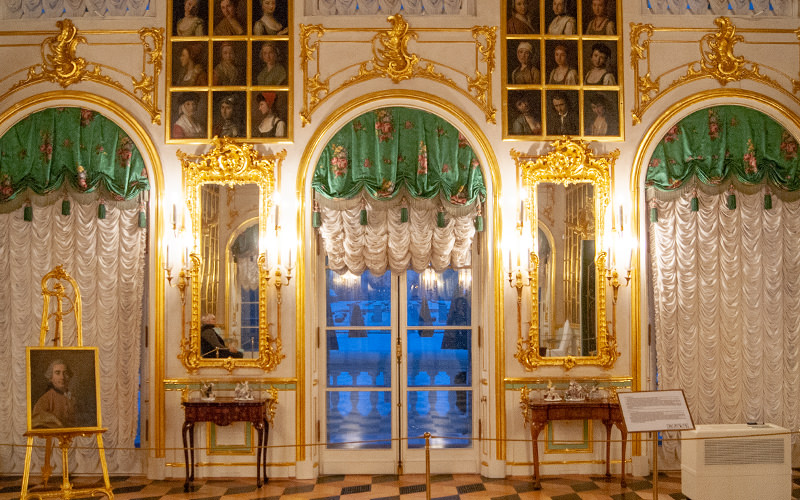For tourists visiting St. Petersburg in the winter, there is a well-known life hack: during the colder months, you can explore the interiors of the city's magnificent palaces and suburban residences without long lines and crowds of visitors. I personally tested this "trick" when I went on the last scheduled tour of the Grand Peterhof Palace one December day. It really works—there were three of us, and no other visitors at that time, so our stroll through the palace's interiors turned into a private tour.
However, there are places in Peterhof that are only accessible in the summer. So, after waiting for the season, I went to see the unusual yet beautiful Monplaisir Palace, located in the Lower Park of the palace complex.
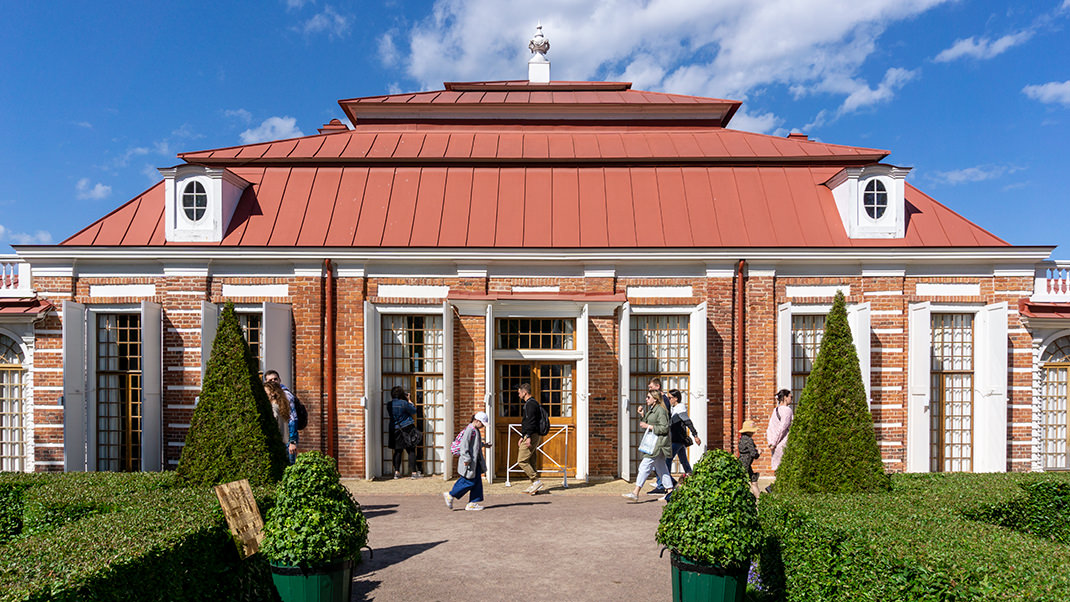
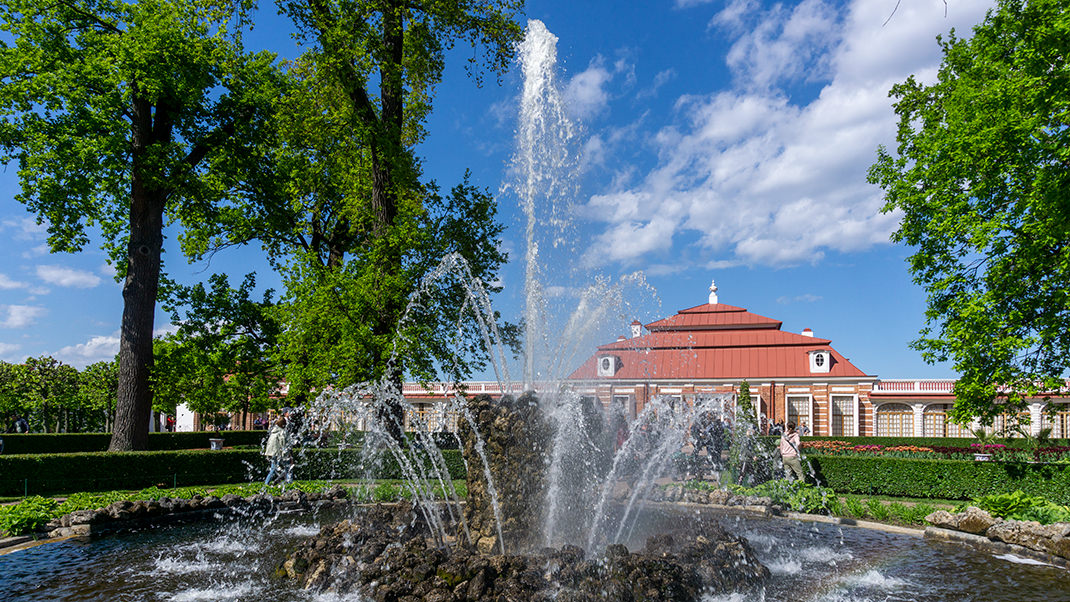
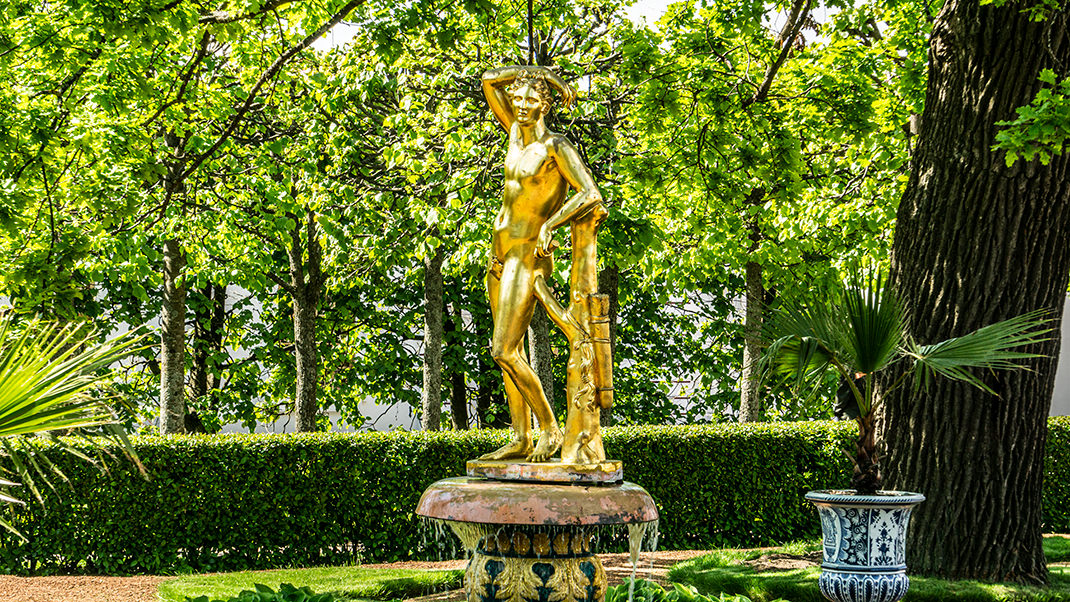
How to Get There by Public Transport
Each tourist chooses their preferred way of getting to Peterhof. Some travel by car or taxi, others take a pleasant trip on a hydrofoil, and some prefer buses or minivans. I chose the latter option, traveling to the park from the Avtovo metro station. Several routes depart from here toward the palace complex, and Route No. 404 worked best for me.
Tickets for the Lower Park and the pavilions are purchased separately. In the summer of 2021, the entrance fee to the complex for Russian citizens was 450 rubles, while the ticket to Monplaisir cost 300 rubles.
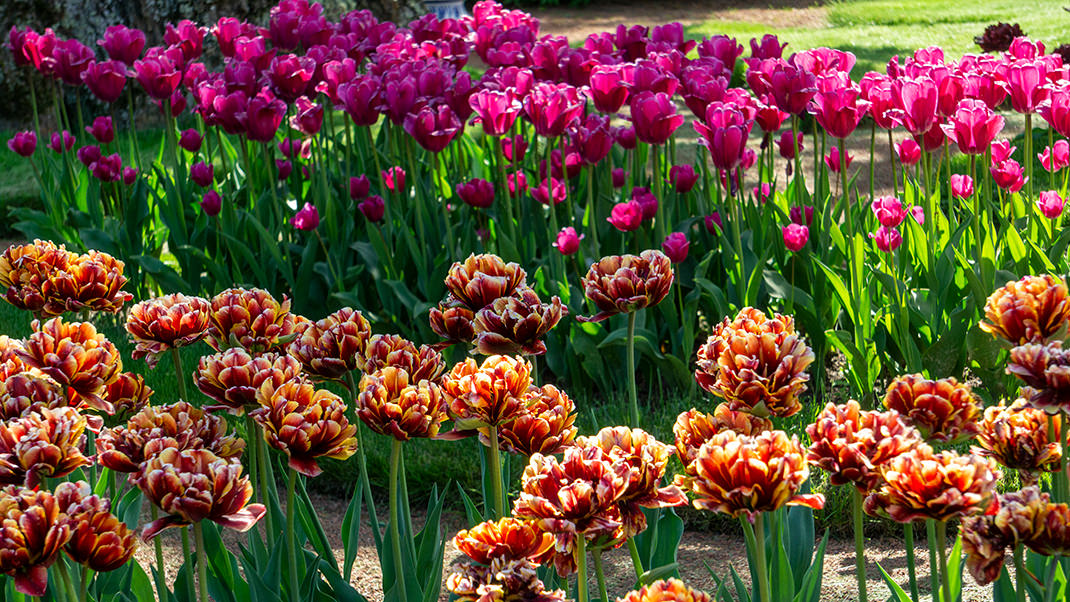
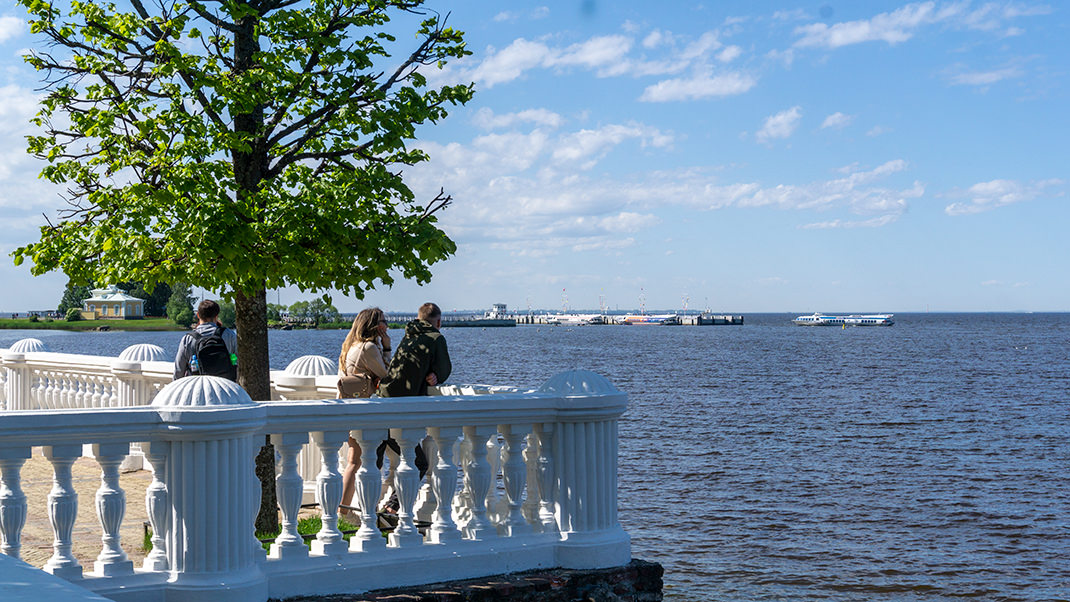
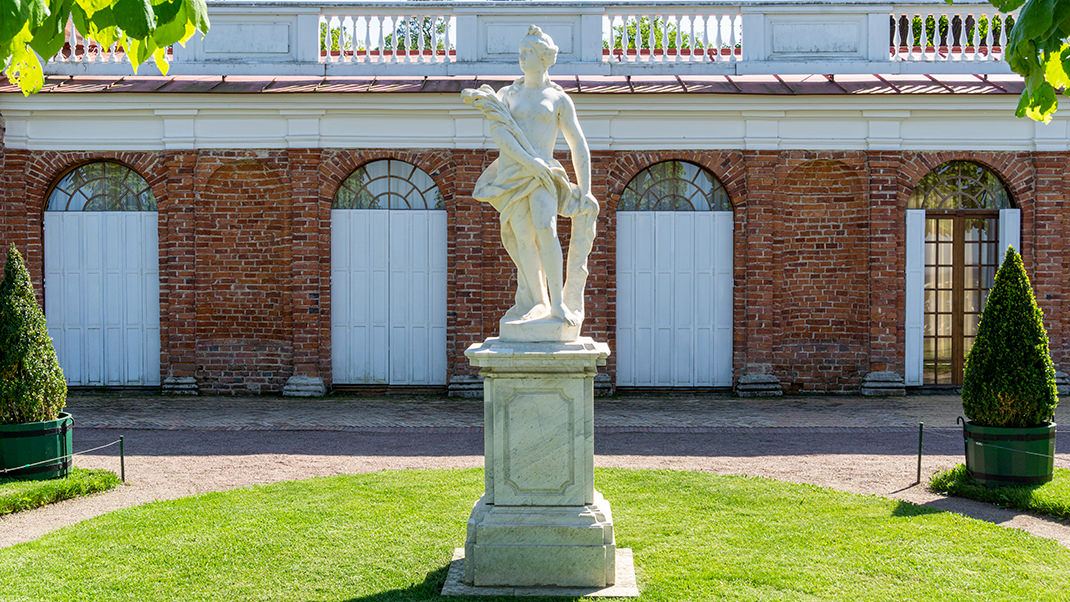
A Bit of History
The mention of Monplaisir (from the French mon plaisir—"my pleasure") can be found in the list of works planned for the summer of 1714. The idea of constructing a small palace on the shores of the Gulf of Finland, sometimes referred to as the "Dutch House," belonged to the founder of St. Petersburg, Peter the Great. The construction lasted for nine years and was completed by August 1723.
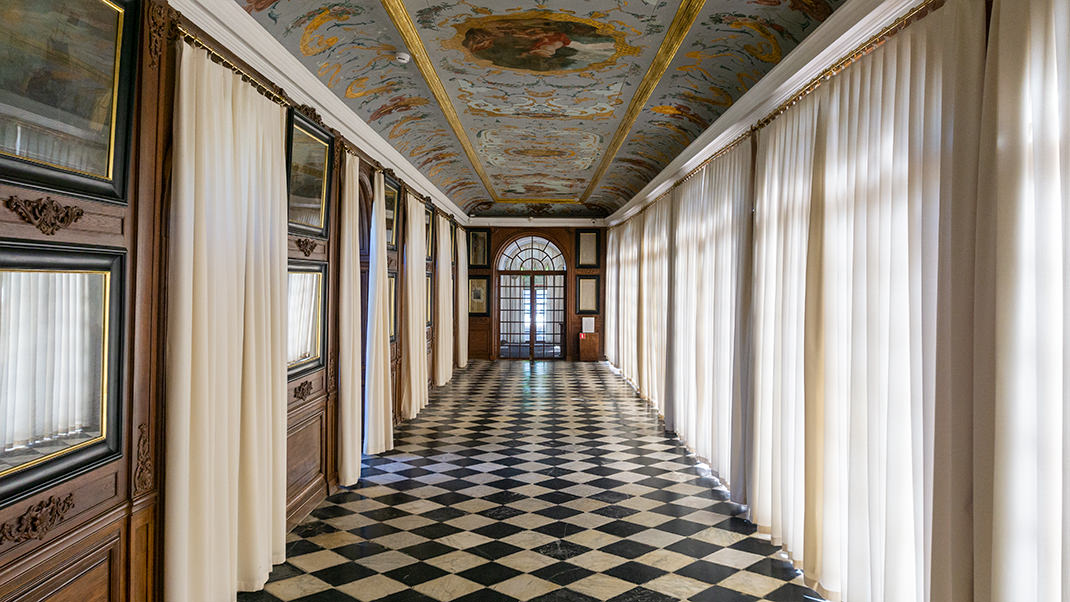
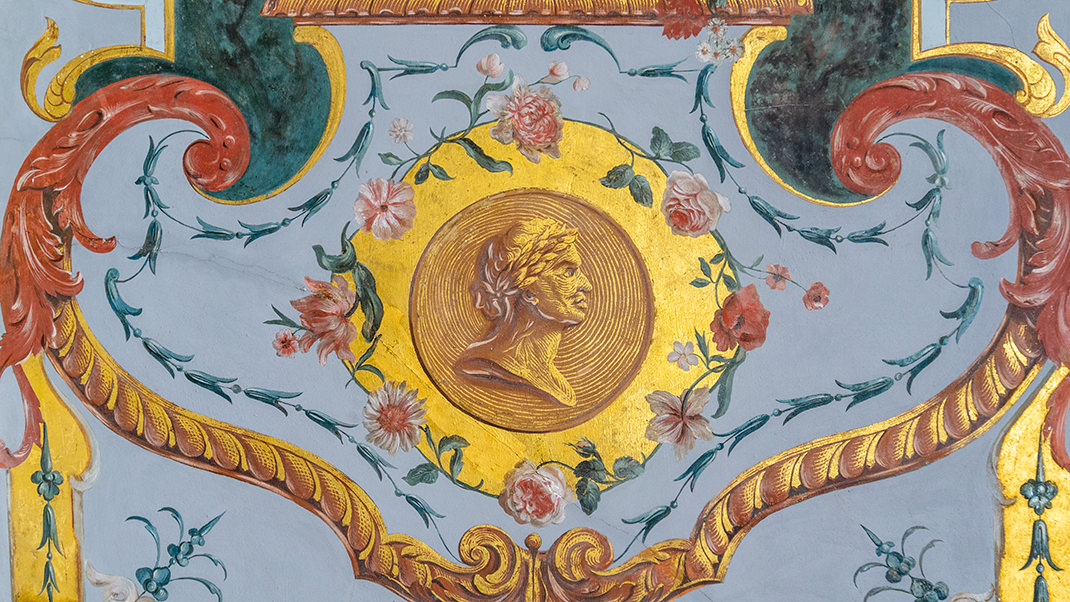
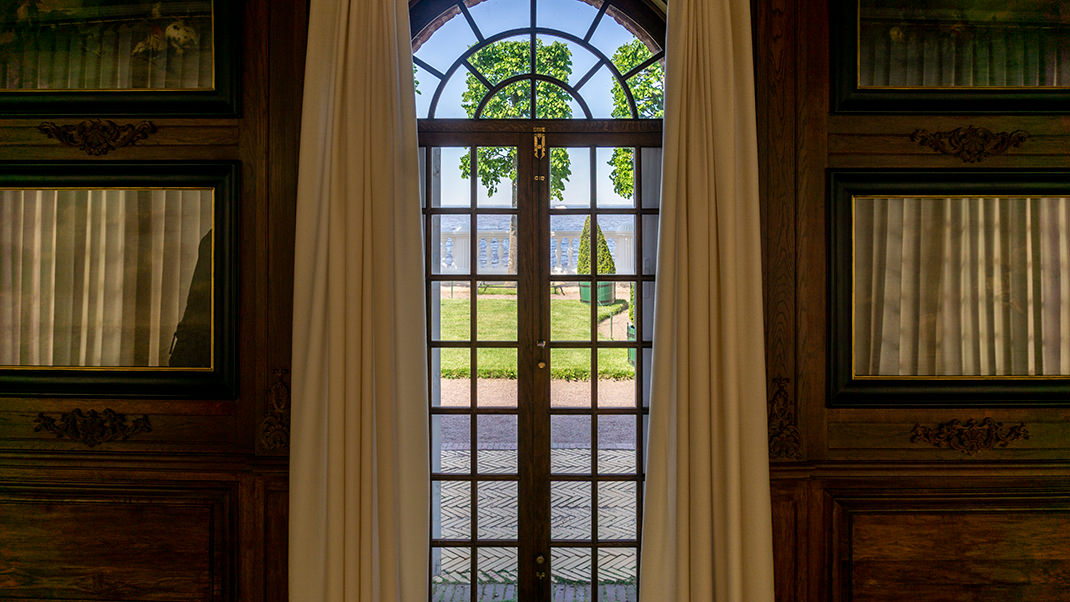
Several renowned 18th-century architects participated in the building's construction, including I. F. Braunstein, J. B. Leblon, and N. Mikketti. The original design of the palace is attributed to Andreas Schlüter, who worked on the Summer Palace of Peter. In the 1740s, major construction work was carried out at Monplaisir: the former kitchens were converted into the grand Assembly Hall under the project of F. Rastrelli, and the Catherine Wing was added to the western side. This wing was later reconstructed in 1785–1786 by Giacomo Quarenghi, who also designed the building of the soap house. After Peter's death, Monplaisir hosted various ceremonial events.
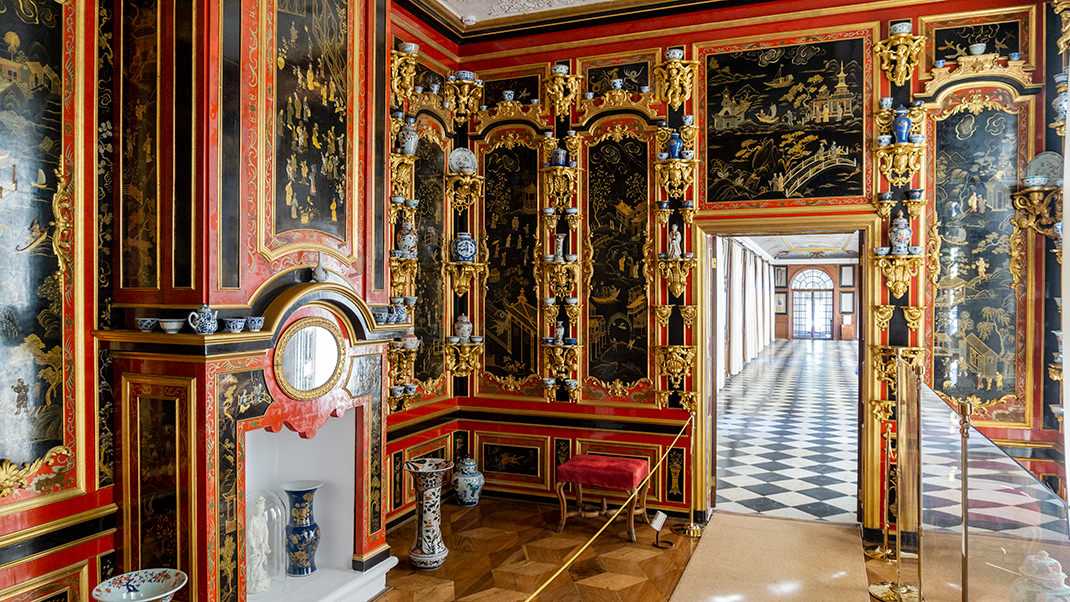

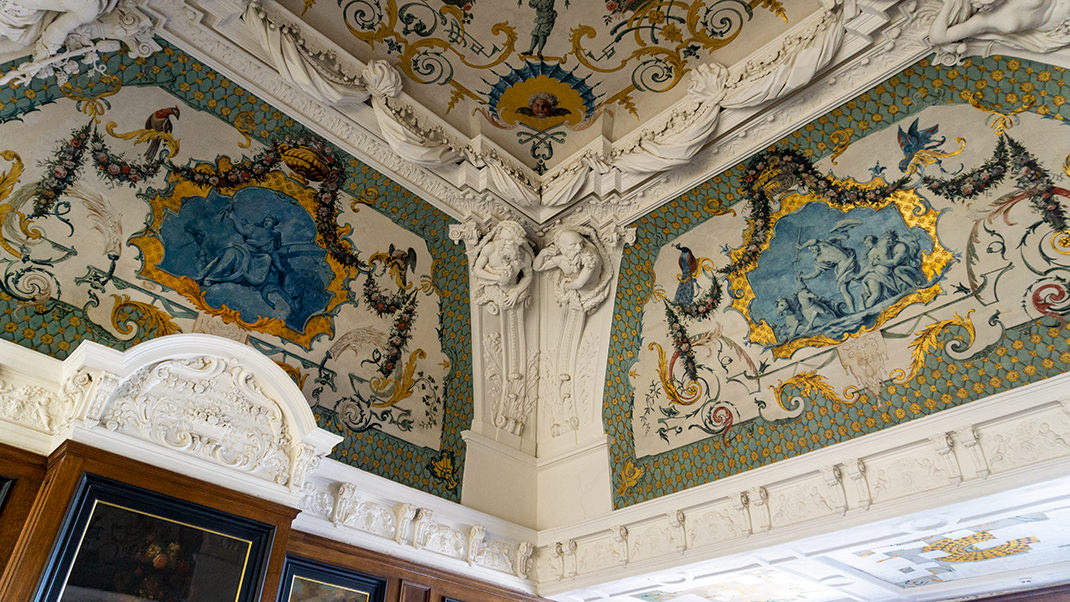
Since 1918, the former imperial palace has been open to the public as a museum. Although the building suffered damage during World War II, it was later restored, and today we can stroll through its halls and imagine the lifestyle of the ruling classes in the 18th century.
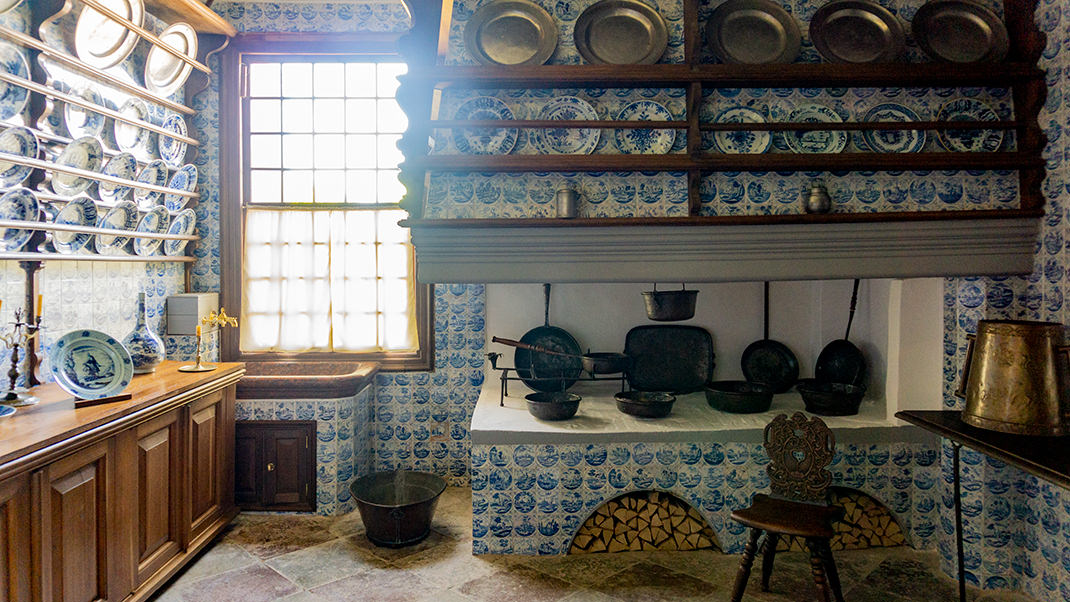
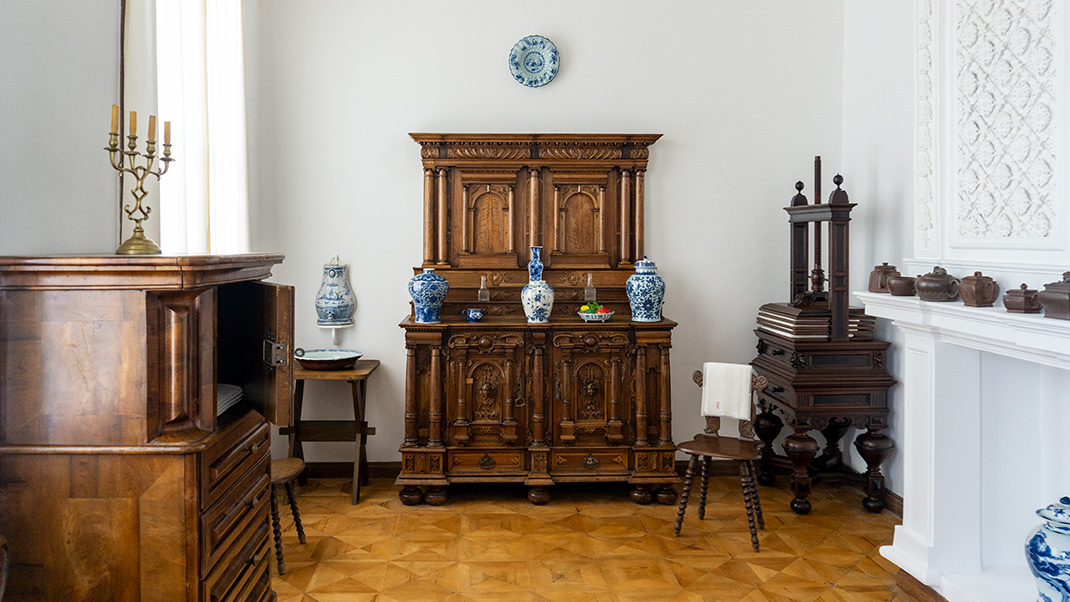
The Monplaisir ensemble includes not only the palace itself but also the surrounding area. On the park side, there is a small garden with fountains and sculptures. The sea-facing facade of the palace overlooks a beautiful terrace with a pier and balustrade, a perfect place for summer relaxation. You can visit this area without purchasing a ticket for the interior tour.
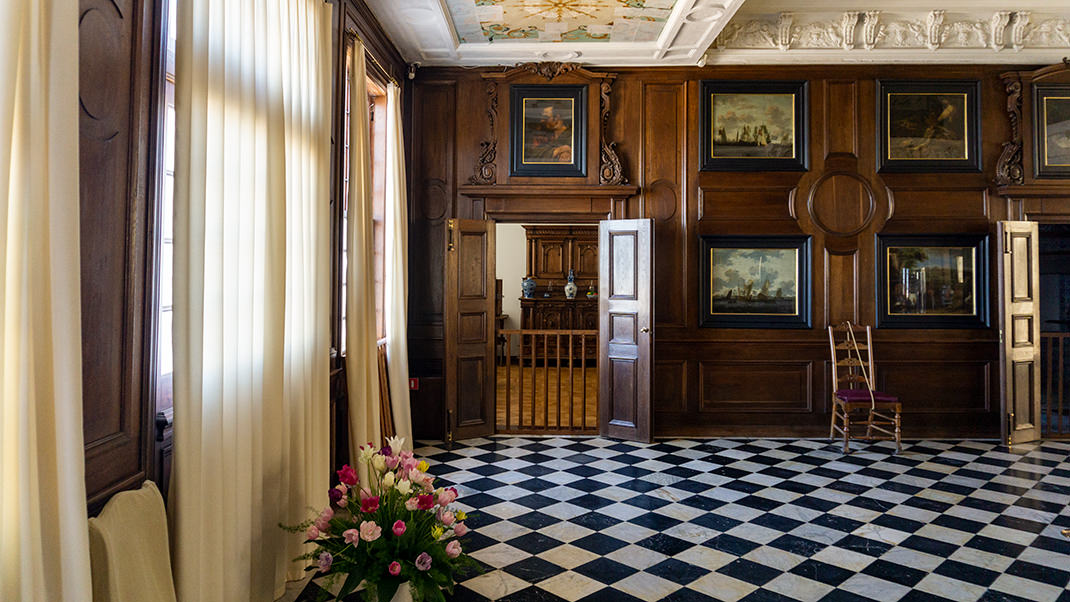
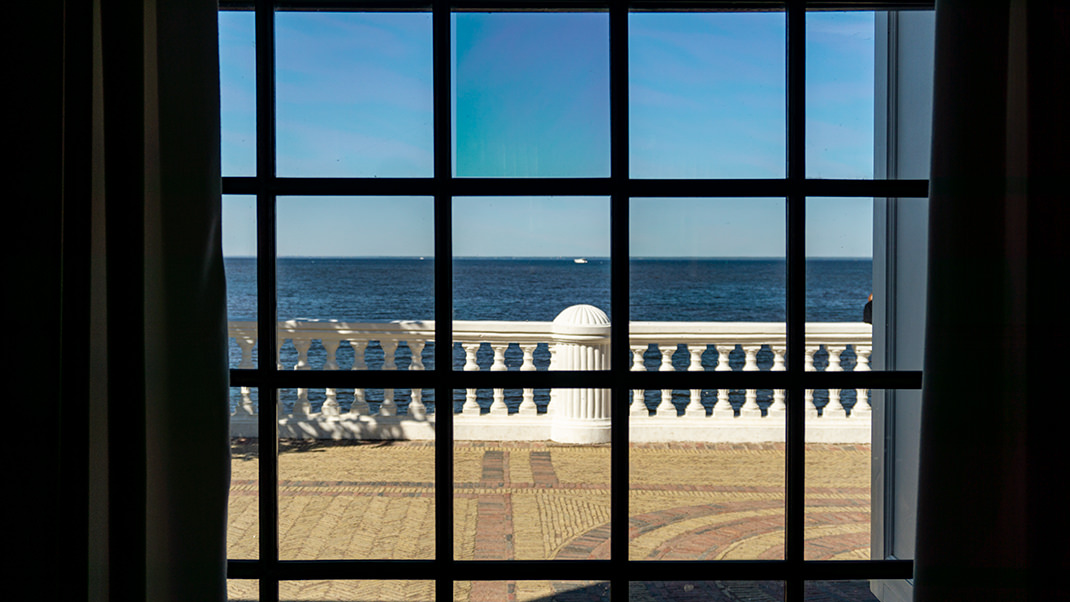
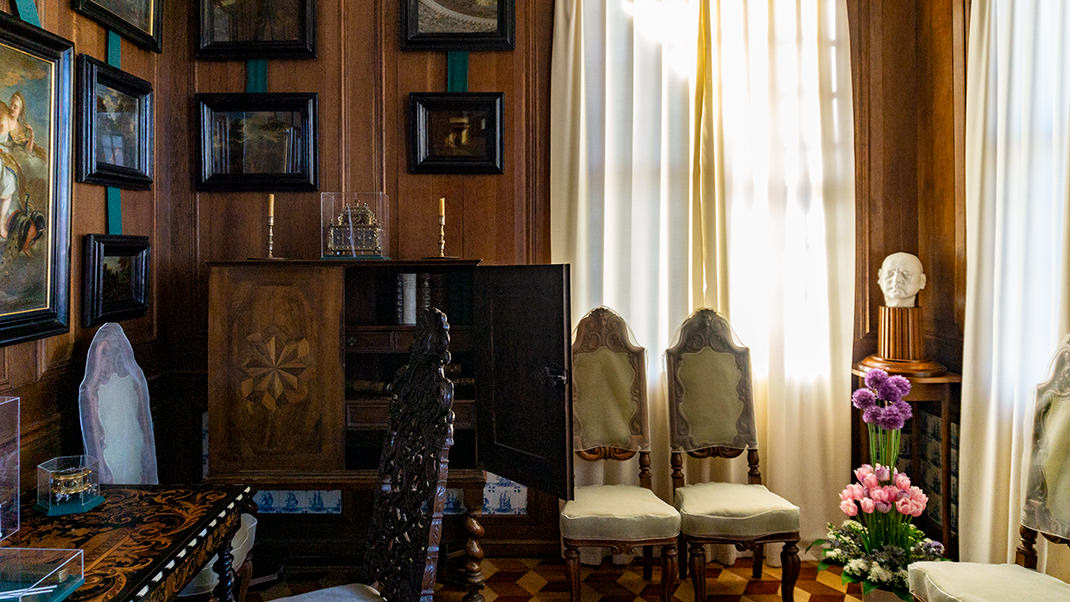
The interior of the palace cannot be described as lavish as that of its larger counterpart, but in my opinion, this small building is one of the coziest residences I have visited. The tour of the building covers two lustra halls and two galleries, the Lacquer Room, the Grand Hall, the kitchen, the buffet, Peter's Marine Room, the bedroom, and the secretary's room. The guided tour takes about an hour.
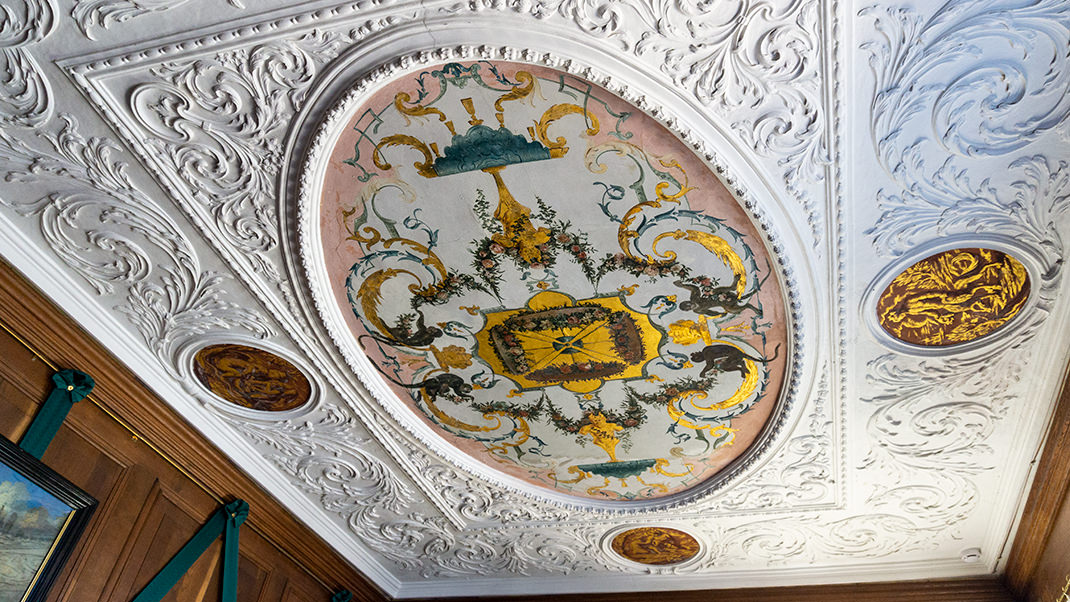
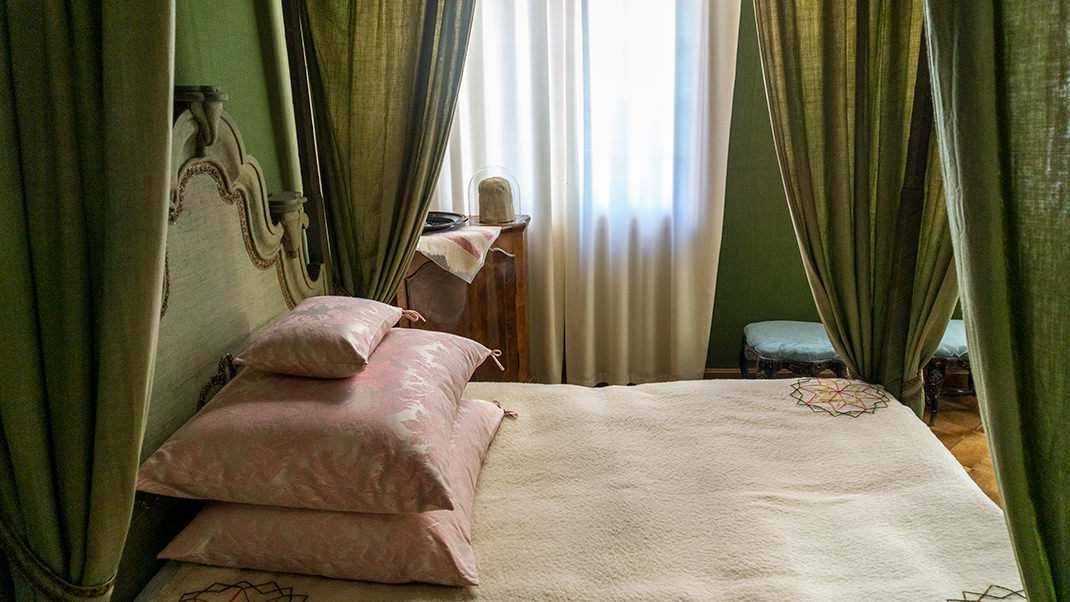
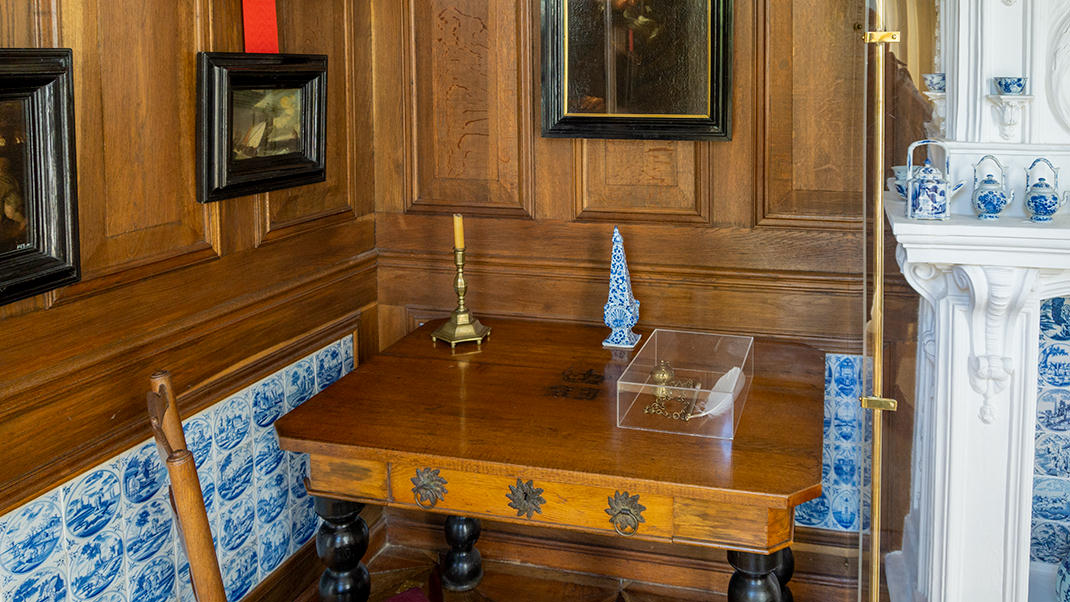
By the way, this is not the only summer residence located near St. Petersburg that I’ve mentioned in my blog. Another example of a magnificent architectural masterpiece, available only during the warm months, is the Chinese Palace in Oranienbaum. I am sure its luxurious interiors will leave a lasting impression on any visitor.
Have a nice trip!


